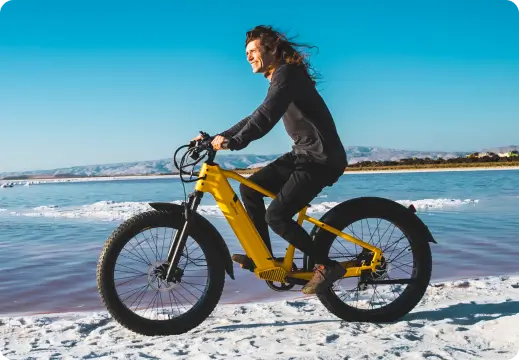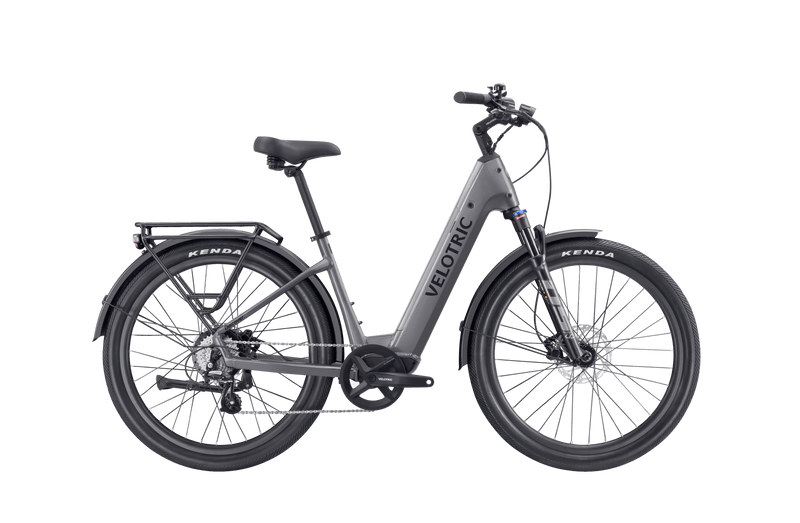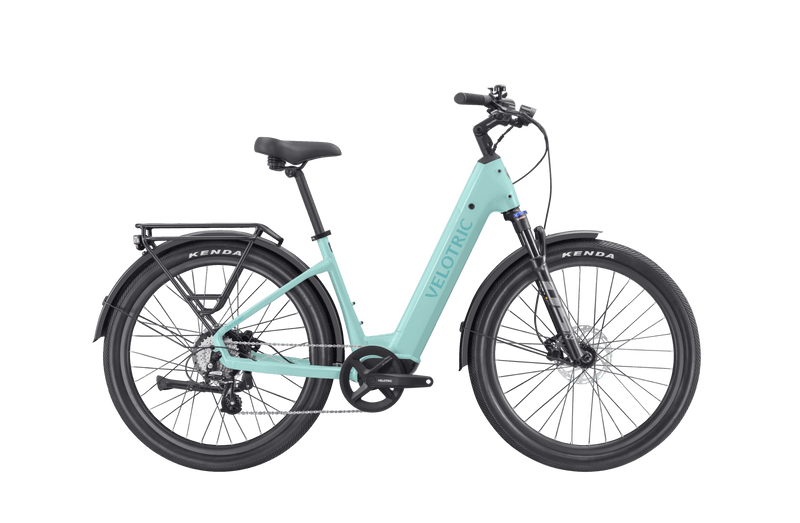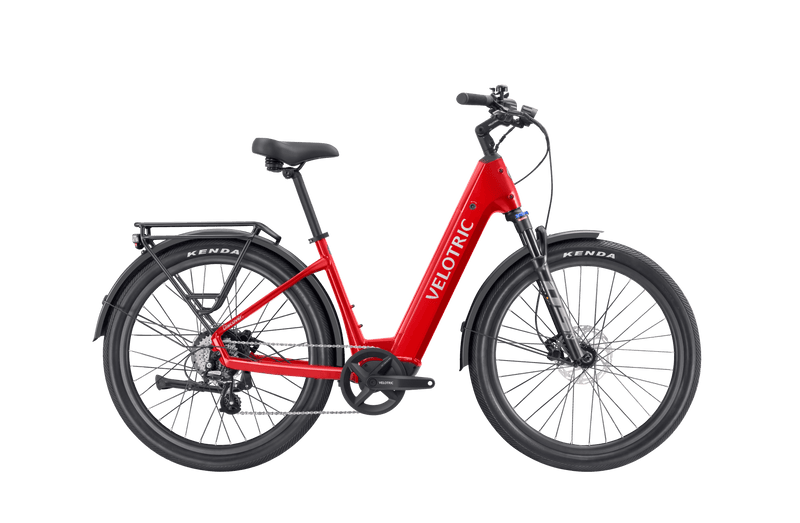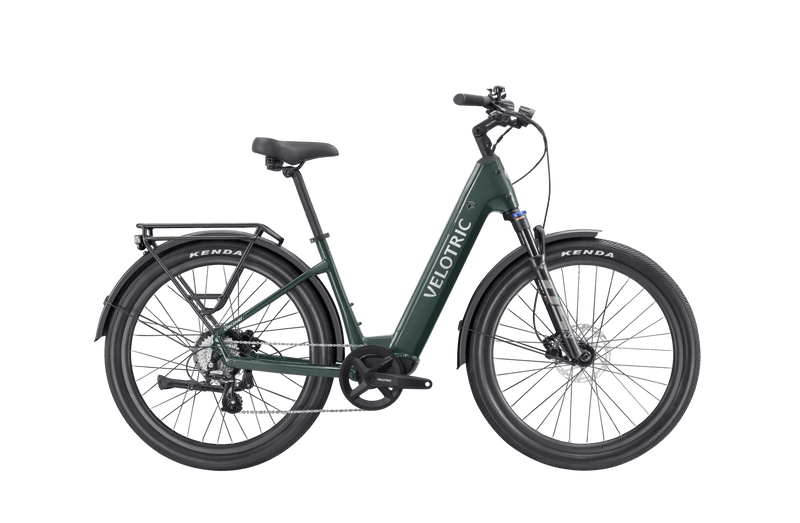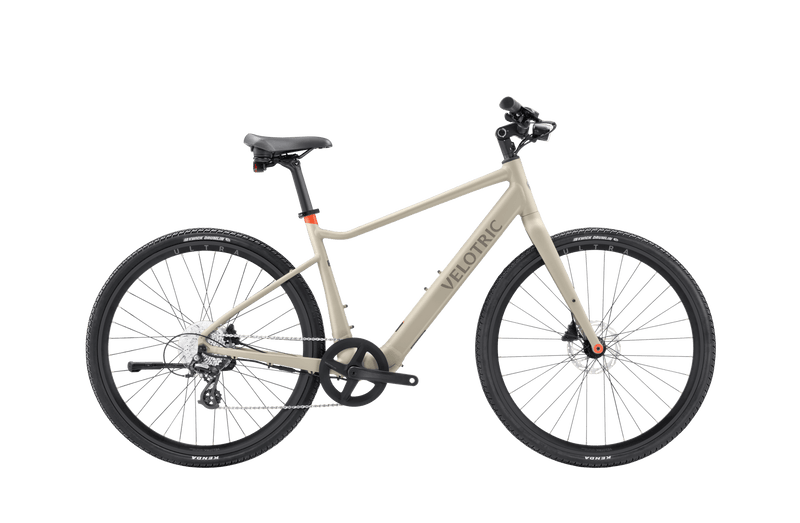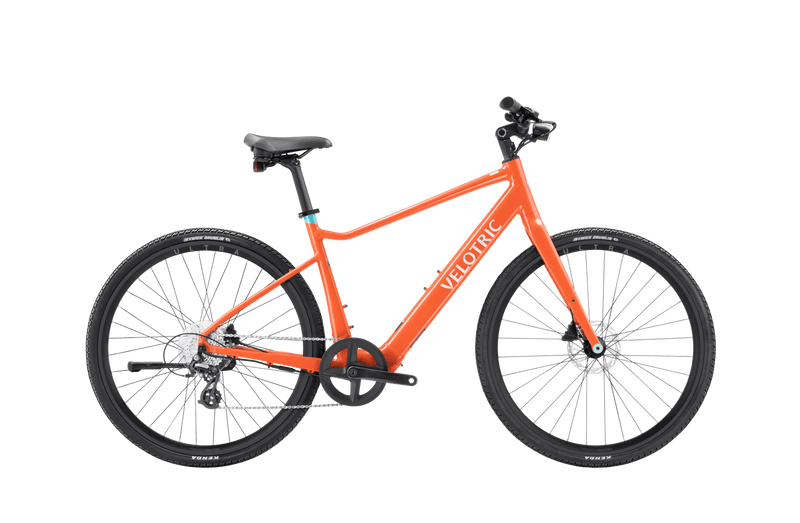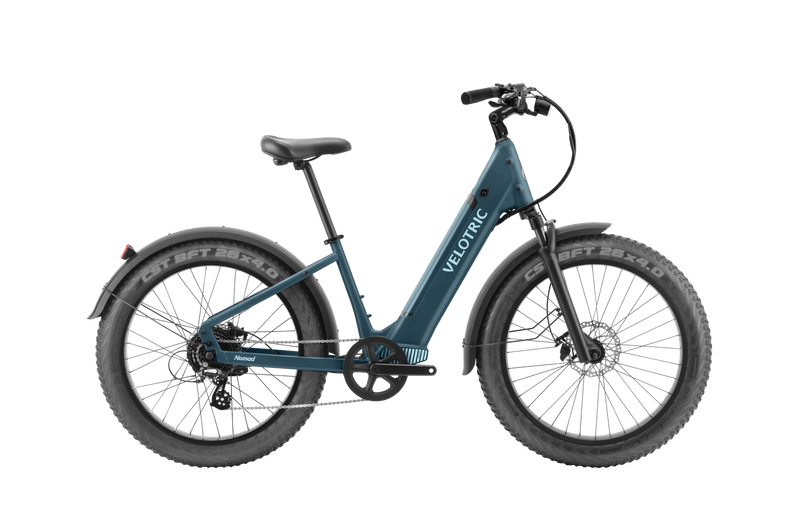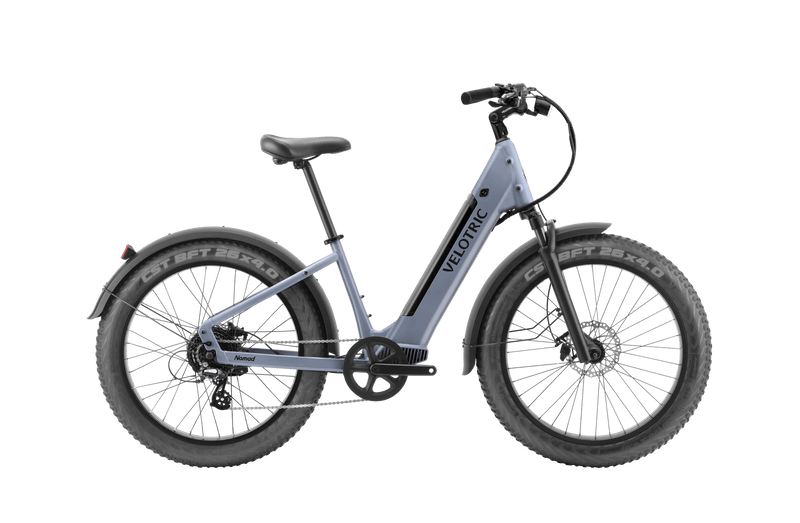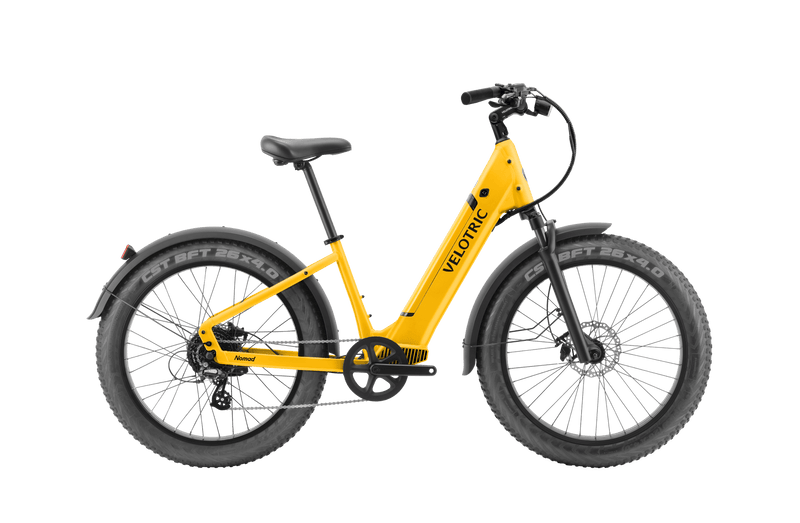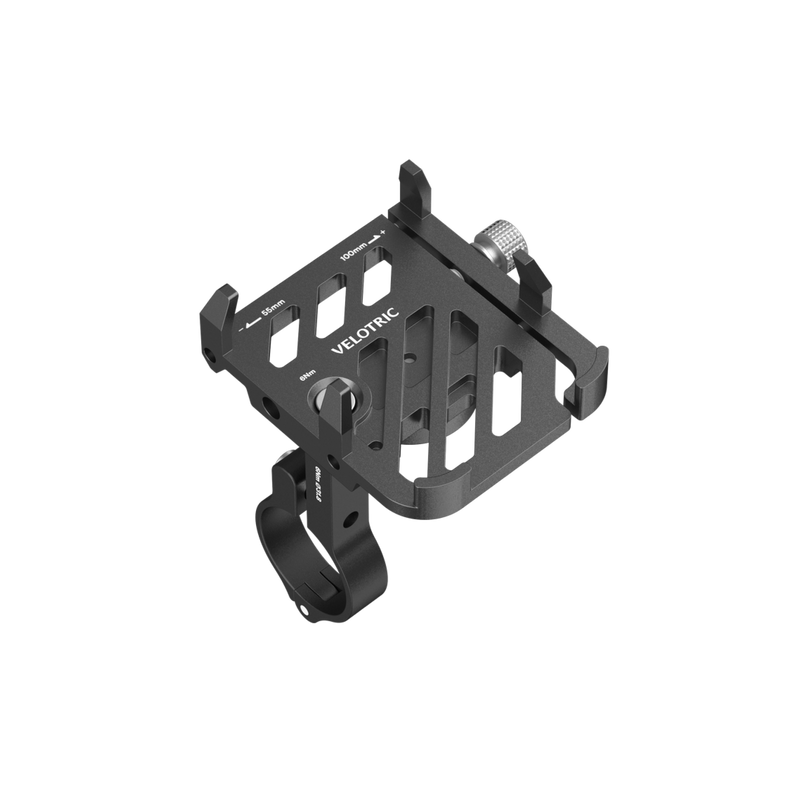California is an eco-conscious state, recognized as one of the greenest in the country, thanks to its environmentally friendly behaviors and actions to combat climate change.
It should be no surprise that the Golden State has been a major proponent of electric bicycles — an eco-friendly and practical alternative to cars.
If you’re a California resident interested in getting an e-bike, there are many initiatives to help. For example, California’s e-bike affordability program offers $10 million in subsidies to help Californians buy e-bikes. The state also boasts localized incentives, like Los Angeles’s Replace Your Ride initiative, which helps locals replace gas-guzzling vehicles with clean energy alternatives — like e-bikes. Learn more.
While California welcomes e-bikes, the state also has bicycle laws governing the classification and usage of e-bikes. For example, like many states, California has helmet laws that specify when and where cyclists need to wear a helmet. There are also age restrictions for riding certain types of e-bikes.
This guide provides a comprehensive overview of California e-bike laws, covering everything from e-bike classifications to guidance on where you can ride your e-bike — and, of course, helmet laws.
Definition of an e-bike
E-bikes are different from regular bikes thanks to their electric motor, powered by a battery. The motor engages the bike’s pedal assist system (PAS), which helps move the bike forward while you’re pedaling.
Some e-bikes are also throttle-assisted and can move forward even when you aren’t pedaling.
California categorizes e-bikes into classes depending on their motor power and whether the bike provides PAS or throttle assist. When discussing e-bike laws, it’s important to understand these distinctions because different laws apply to different classes of e-bikes.
For example, one set of rules may apply to Class 2 e-bikes, while another may apply to Class 3 e-bikes.
Here’s a quick roundup of the main classes of e-bikes, as defined by California law:
- Class 1 e-bike. Class 1e-bikes, called pedelecs, can’t go faster than 20 miles per hour (mph). They don’t have throttle assist and only move forward if the rider pedals.
- Class 2 e-bike. Class 2 e-bikes are low-speed and can’t go faster than 20 mph. However, unlike Class 1e-bikes, they have throttle assist and can propel the rider forward even if they aren’t pedaling.
- Class 3 e-bike. Class 3 e-bikes can go up to 28 mph. California doesn’t allow throttle assist on Class 3 bikes. This type of e-bike should have a speedometer (like a small LCD screen) displaying how fast the bike goes.
California regulations additionally note that a motor can’t have the power of more than 750 watts to qualify as an electric bicycle. If the motor is more powerful, the e-bike might be classified as a different type of vehicle, like a moped or electric scooter.
California e-bike laws
The California Department of Motor Vehicles provides broad guidance for riding motorized bicycles in the state. However, individual municipalities may have laws on top of these rules (more on that below).
Here’s a quick roundup of basic California state laws for e-bike use. This information is valid as of January 2023 but can change anytime.
Allowed areas of operation
A person can ride Class 1 and Class 2 e-bikes on regular bicycle paths and lanes. According to the California DMV, they may also ride Class 3 e-bikes on normal bike paths — if local authorities permit it.
So, if your local laws ban Class 3 e-bikes from bike lanes, that rule takes priority over the broader California-wide rule.
A person may also ride e-bikes on roadways but are subject to the California Vehicle Code (CVC) — which covers basic rules of the road, like going with the flow of traffic and obeying lights and signs.
In some municipalities, residents can operate e-bikes on sidewalks; however, this depends on the location.
Age restrictions
To operate a Class 3 electric bicycle in California, a person must be at least 16 years of age (however, you don’t need a special driver’s license for an e-bike at 16).
These age restrictions don’t apply to Class 1 or Class 2 e-bikes.
Helmet requirements
If you’re riding a Class 1 or Class 2 e-bike in California and are under 18 years old, you must wear a helmet.
If you’re riding a Class 3 e-bike, you must wear a helmet regardless of age.
Hint: If you’re curious about helmet regulations in other municipalities, check out our comprehensive guide. We give you a quick overview of the rules in every state.
Local ordinances and regulations
The above electric bike laws are state-wide in California. However, some cities and counties have their own rules for e-bike use. That’s why checking your area’s guidelines (like contacting your local DMV) is important.
For example, a person can’t ride a bike of any kind on sidewalks in the Sacramento areas of David, Galt, or Folsom. However, they can ride Class 1 and Class 2 e-bikes on sidewalks in Elk Grove if the sidewalks are part of the city’s bikeways system.
Tips for e-bike riders
Respecting e-bike regulations, like where you’re allowed to ride, helps you stay safe as a bicyclist — minimizing the risk of accidents. There are also some simple steps you can take to enhance e-bike safety.
Keep these tips in mind:
- Wear a helmet. Even if your local ordinance doesn’t require a helmet, we strongly suggest wearing one. Research shows that wearing a helmet can reduce head injuries by 48% and traumatic brain injuries by 53%.
- Use lights and reflectors. Good visibility helps ensure other cyclists, car drivers, and pedestrians can see you — and you can see them. Use headlights to spy others, and equip your bike with reflectors, so you’re easier to see.
- Wear appropriate clothing. The wrong clothes can put your safety at risk when cycling. For example, loose clothing can get stuck in bike chains or spokes. Wear form-fitting but flexible clothes you can ride comfortably in. Learn what to wear whatever the weather.
- Practice proper cycling form. Good cycling posture can help avoid stressing joints and muscles when riding, reducing the risk of injuries. Learn how to sit on your bike properly.
- Make sure your bike is well-fitted. Good form is also easier to maintain if your bike is well-fitted — like having the saddle and handlebars at an appropriate height. This guide to bike fitting covers the basics.
- Maintain your bike. If components of your bike aren’t functioning properly, you put yourself at greater risk of accidents. For example, poor-performing brakes can increase the odds of collisions. Maintain your bike with these tips.
Discover the best Velotric electric bike for you
E-bike laws protect you and the people around you. By familiarizing yourself with local legislation for e-bike riders in your area, you can ride without worries — and avoid the hassle of a potential ticket or fine for breaking regulations.
Another way to ride with peace of mind is to invest in a quality e-bike. Velotric bikes check all the boxes.
Our frames have been tested more than 150,000 times for safety and quality, while our lithium-ion batteries are certified by Underwriters Laboratories (UL2271), a global safety standards organization.
Both the Discover 1 and Nomad 1 from Velotric come with safety essentials, like a rear light with braking high-beam function and double hydraulic disc brakes. Plus, they’re IPX6-grade waterproof.
For everyday riding, opt for the Discover 1 — great for commuting to work or a quick workout. If you want to ride on unpaved terrain, the Nomad 1 is for you (here are more reasons to choose a fat tire bike). With either model, you can choose from a high-step or step-through frame — here’s the difference.
To find your perfect bike, schedule a test ride.






































